There’s nothing boring about Easter in Prague—it’s full of fascinating traditions and beautiful springtime weather. But if you’re not sure how best to experience the Holy Week in the Czech capital, don’t worry. In this article, I’ll guide you through spending Easter in Prague so you don’t miss anything. Here are the top Easter foods, markets, and events to enjoy in Prague.
Pro Tip: Planning your trip to Prague? It’s easier to organize your trip when you have all your resources in one place. Bookmark this post along with our Prague Guide with more planning resources, our best Prague tours for a memorable trip, and the top things to do in Prague.
How To Spend Easter in Prague: Things To See and Do
Easter in Prague is joyful and filled with color, fine weather, and painted eggs. The entire week leading up to Easter features cheerful Easter markets and cultural events in the main squares of Prague. It’s also a very important time for the faithful of the church and very symbolic for Czechs.
Good Friday and Easter Monday are both public holidays in Prague. Most shops are closed on Good Friday. Easter Monday is a completely non-working day, so all the big stores will be closed. Don’t worry about going hungry over Easter in Prague, some restaurants will still be open.
The holiday has become a bit more social and commercial nowadays, but Czechs continue to uphold their special traditions on Easter day. It’s a time for family celebrations, observing superstitions, enjoying the spring weather, and eating good food. Here’s what you need to know to enjoy Easter in Prague the Czech way!
Not ready to book a tour? Check out our Prague Guide.
Give a Willow Twig Whipping on Easter Monday
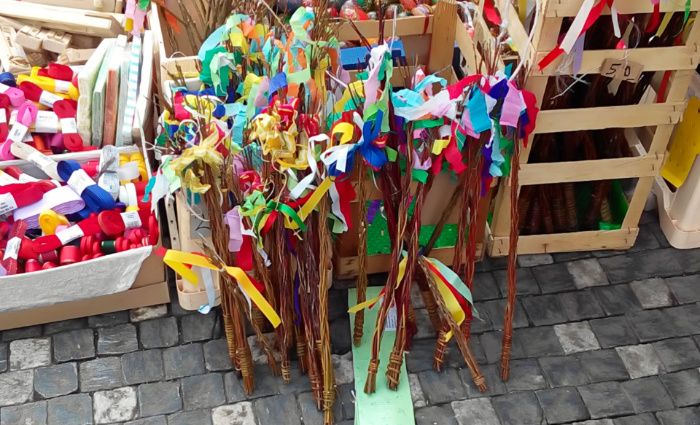

For many first-time visitors to the Czech Republic, this is a very curious tradition. On Easter morning in Prague and throughout the country, something that we Czechs do is to “whip” women with willow twigs. In Czech, it’s called pomlázka, and it has a long heritage here that might be difficult for foreigners to understand.
A pomlázka is basically a bundle of willows shaped like a whip. It’s made of braided willow twigs and has colored ribbons attached to it. There’s no violence in pomlázka but rather lighthearted silliness.
The superstition is that these willow twigs will bring health, youth, and strength to women. What’s more, the men receive colored eggs as a reward from the women whipped with the willow twigs. Nowadays, men may also receive a shot of Czech liquor, money, or sweets.
So, don’t be alarmed if you’re in Prague and see men or boys singing, reciting rhymes or poems, and running after women to spank them with the willow whip. It’s allowed on Easter Monday only!
Paint Easter Eggs and Decorate With Flowers
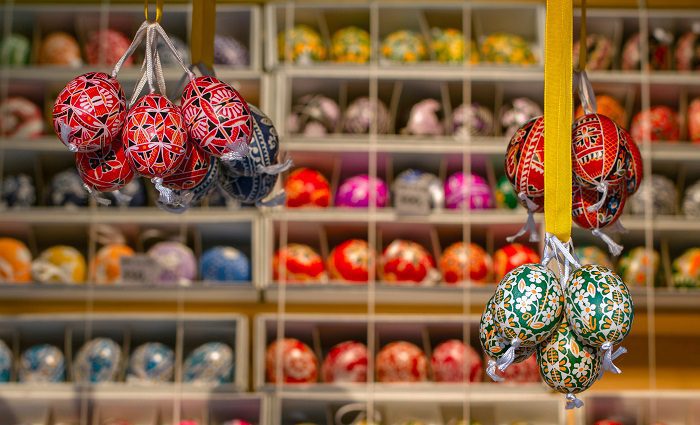

Czechs decorate their houses with flowers, which represents the arrival of spring during Holy Week. Colorful Easter eggs are a tradition in Prague and throughout the Czech Republic. They represent fertility, new life, and resurrection.
Women paint their eggs in a dazzling array of colors and use intricate decorating techniques according to their region in the Czech Republic. Onion skins, beets, and spinach broth are used as natural dyes to produce brilliant colors for Easter eggs. They can also be hollowed out and used to decorate a house’s table and doors.
Eat Lamb and Rabbit Cakes, Judas Bread, and Mazanec
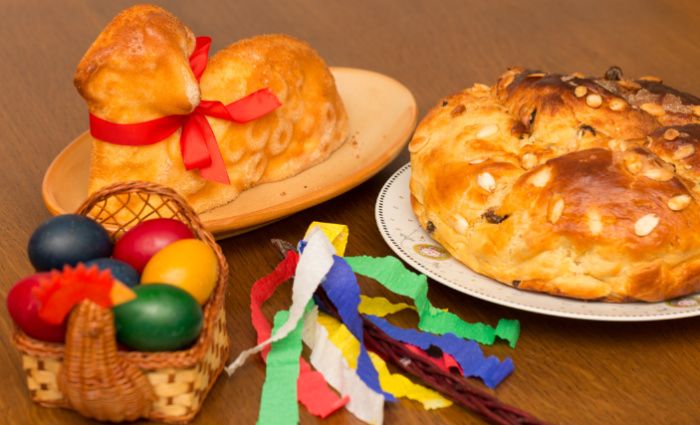

Easter in Prague is filled with delicious baked goods full of symbolism. We always have lamb-shaped cakes on our table during Easter in Prague. The lamb is a very significant animal for both Christians and Jews; it symbolizes Jesus Christ, purity, and the flock of God.
During medieval times, the lamb was a ceremonial food—and an expensive one. So instead of buying lamb, Czechs baked cakes in the shape of a lamb. It became a tradition that lasts to this day. Czechs like rabbit-shaped cakes and chocolates, too. The rabbit represents purity and also the resurrection of Jesus.
Additionally, we eat the bread of Judas, a braided loaf that symbolizes the rope used for the hanging of Judas after he betrayed Christ for a few coins. Another typical Easter bread is the mazanec, a round, sweet, fluffy bun filled with almonds, raisins, or candied fruit. Try them all! Check out the top foods to try in Prague for more Czech delicacies.
Coming to Prague for Easter? Don’t miss where to stay around Prague and our list of the top things you must do here and cool day trips to take!
Splash Eachother With Cold Water for Easter


In this tradition, men splash women by throwing a bucket of cold water on them or spraying them with cheap perfume. This supposedly brings women more youthfulness, but it’s a fun, light tradition more than anything else. It’s also customary to splash animals on farms with water to give them more strength.
Hop Around the Easter Markets in Prague
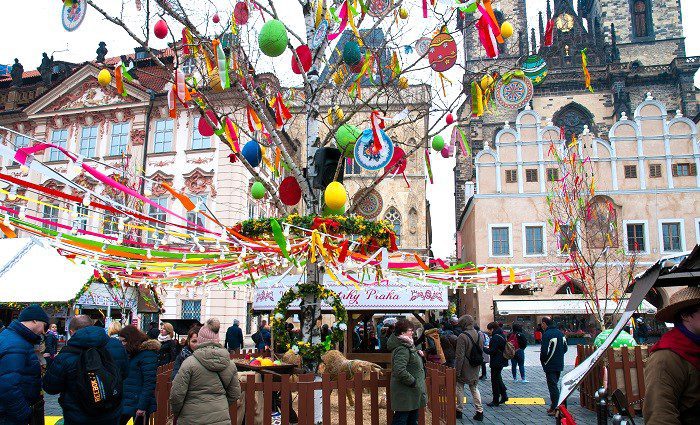

In the main squares of Prague, it’s common to see many markets decked out for Easter. According to the official website, the Easter markets will be open daily from 25th March to 16th April 2023, from 10 am to 10 pm. Among the most prominent markets in Prague are:
- Old Town Square (Staroměstské náměstí)
- Wenceslas Square (Václavské náměstí)
- Republic Square (Náměstí Republiky)
The most characteristic Easter market is undoubtedly the one in Prague’s Old Town Square. Here, you can take in a concert or watch traditional dance performances. You’ll also find many stalls selling handicrafts, food, and drinks.
Eat Hearty Czech Food During the Holy Week of Easter
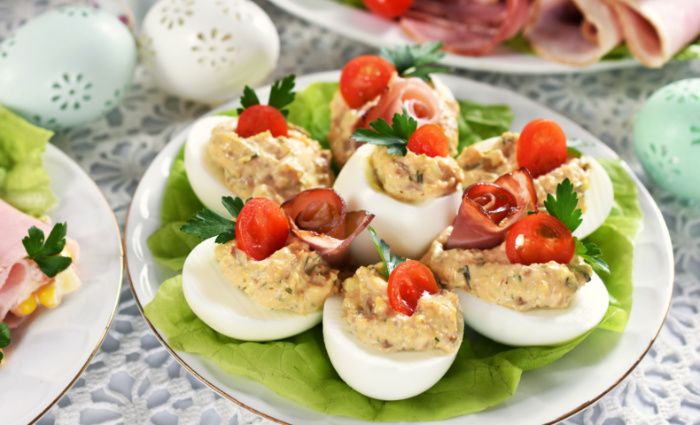

We eat very well, and heartily, in Prague this time of year. During Holy Week—the last week of Lent and the end of 40 days of fasting—we eat varied dishes. For example, on Ugly Wednesday, we eat potato pancakes. On Holy Thursday, it’s on to legumes, lentils, and spring soups with mushrooms, peas, or fresh vegetables.
Some people fast on Good Friday, depending on where in the Czech Republic they live. Most people eat fish or potatoes. On White Saturday, you might be served meat rolls filled with vegetables. Czechs also bake Judas bread and other sweet pastries.
Easter Sunday is all about meat, lamb and veal in particular, and sweet breads. Finally, on Easter Monday, you’ll find eggs in each and every Czech home. They’re prepared countless ways: as egg spreads (pomazánky), salads, stuffed, added to sandwiches, or alongside pork or spinach.
All these preparations are accompanied by plates of sausages, cheese, vegetables, and of course, the lamb-shaped cakes and sweet Easter buns. So, if you plan to visit Prague at Easter, bring your appetite!
Not ready to book a tour? Check out the top things to do in Prague.
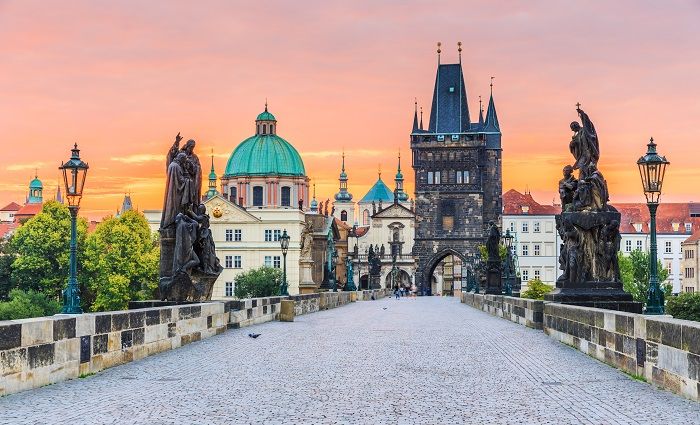

Where To Stay in Prague
Prague has a rich cultural history that is seen in both the Old Town and New Town areas of the city. Plan where to stay in this magnificent old city in the best neighborhoods.

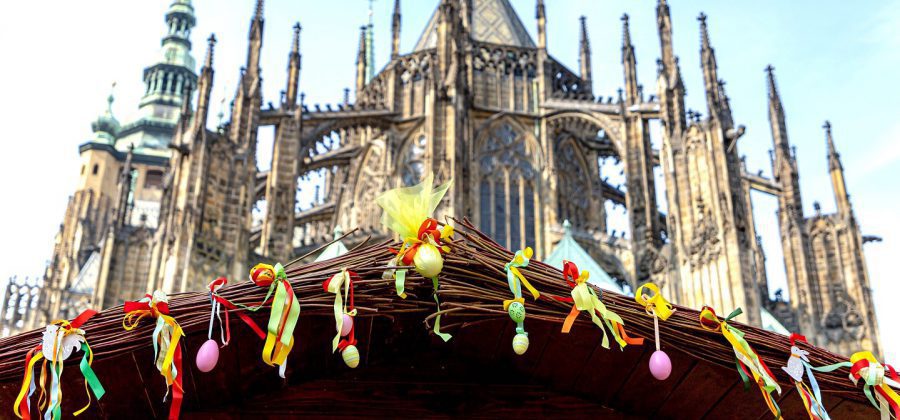
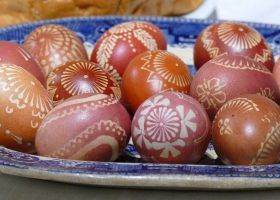
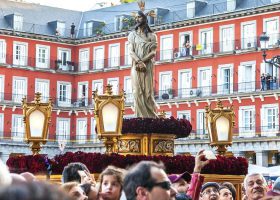

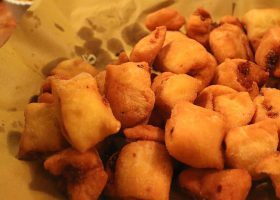
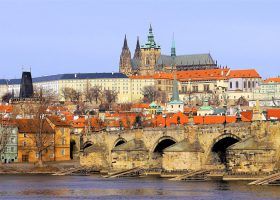
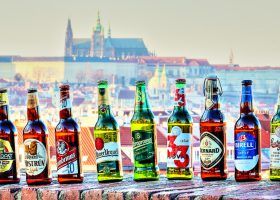


Leave a Comment